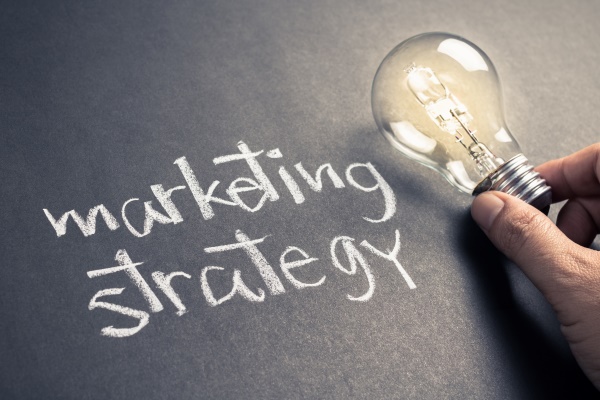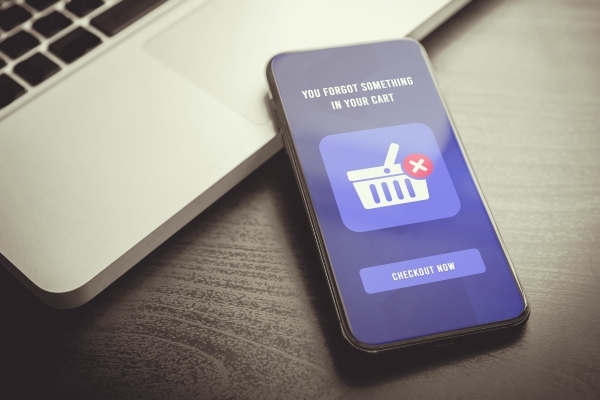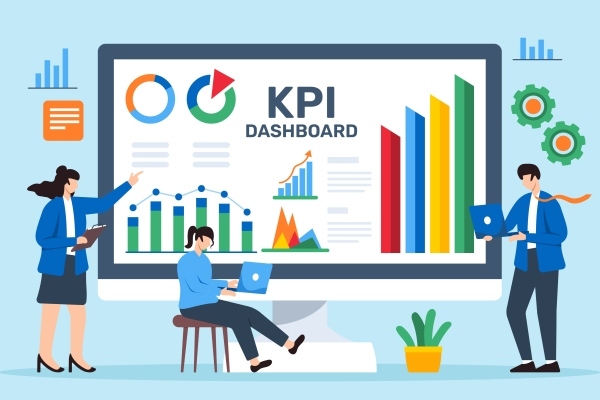
Marketing for E-commerce: Strategies for Sustained Growth
E-commerce marketing has become an essential component of any successful online business strategy. With the rise of digital technology and the increasing number of people shopping online, companies must have a solid understanding of how to effectively reach and engage their target audience through various electronic channels. This article will provide a comprehensive guide to e-commerce marketing, covering everything from identifying your target audience and optimising your online store to leveraging social media and paid advertising.
Whether you’re just starting out or looking to improve your existing efforts, this article will give you the knowledge and insights you need to succeed in today’s competitive e-commerce landscape.
Identifying Your Target Audience
Before you can effectively market your e-commerce business, you need to understand who your ideal customer is. Start by defining your target demographic, including factors such as age, gender, income level, education, and occupation. Next, create buyer personas that detail the characteristics, behaviours, and preferences of your typical customer.
Consider factors like their pain points, interests, and motivations for making purchases. By having a clear picture of your target audience, you can tailor your marketing efforts to resonate with them and increase the likelihood of conversion. Use tools like surveys, focus groups, and website analytics to gather data and refine your personas over time.
Optimising Your Online Store
A well-designed and user-friendly online store is crucial for driving sales and converting visitors into customers. Start by improving the overall user experience, ensuring that your website is easy to navigate and visually appealing. Streamline your navigation menu and make sure that products are easily discoverable. Use high-quality images and videos to showcase your products, and include detailed product descriptions that address common questions and concerns.
Additionally, offer multiple payment options, such as credit cards, PayPal, and Apple Pay, to cater to different customer preferences. By providing a seamless and enjoyable shopping experience, you can encourage customers to complete their purchases and increase customer satisfaction.
Content Marketing Strategies
Effective content marketing can help establish your brand as an authority in the industry, build trust with potential customers, and ultimately drive sales. One key strategy is blogging and SEO, which involves creating high-quality, keyword-optimised articles that educate and engage your target audience. Another strategy is to encourage product reviews and ratings, as positive feedback from satisfied customers can increase credibility and influence purchasing decisions.
User-generated content, such as customer testimonials and product photos, can also be powerful marketing tools. Finally, partnering with influencers who have a following in your niche can help expand your reach and expose your brand to new audiences. By implementing these content marketing strategies, you can create a robust marketing plan that drives growth and increases brand awareness.
Email Marketing Campaigns
Email marketing is a cost-effective way to connect with your target audience and encourage repeat business. The first step is building a strong email list, which you can do by offering incentives such as exclusive discounts or early access to new products. Once you have a sizable list, you can create personalised and segmented campaigns that speak directly to each subscriber’s interests and habits. For example, you might send abandoned cart reminders to users who left items behind, or special promotions and discounts to loyal customers.
By using email marketing automation tools, you can streamline your workflow and maximise the impact of your campaigns. Regularly analysing your results and adjusting your strategy accordingly can help ensure that your email marketing efforts continue to deliver strong ROI.
Paid Advertising
Paid advertising is an effective way to reach a larger audience and drive more traffic to your online store. Google AdWords and remarketing allow you to target specific keywords and demographics, while Facebook Ads and retargeting enable you to reach users who have visited your website or engaged with your content.
Instagram Shopping and sponsored posts offer a visual platform to showcase your products, while Amazon Advertising allows you to reach customers actively searching for products on the largest e-commerce platform in the world. By utilising these platforms, you can increase brand awareness, generate leads, and ultimately drive sales.
Analysing and Optimising Performance
To optimise your e-commerce store’s performance, you need to track and analyse key metrics. Set up analytics tools like Google Analytics or Matomo to measure traffic, conversions, and other relevant KPIs. Monitor your store’s performance across different devices, browsers, and geolocations to identify areas for improvement. Conduct A/B testing to compare different versions of your website, landing pages, or email campaigns, and use the results to make informed design and copywriting decisions.
Analyse customer behaviour and preferences to optimise your product recommendations, upselling, and cross-selling strategies. Use data to identify bottlenecks in your checkout process and optimise it for higher conversions. By continuously monitoring and optimising your store’s performance, you can improve customer satisfaction and increase revenue.
Mobile Optimisation
Create an app or mobile-optimised website that provides a seamless shopping experience for customers on the go. Ensure your website is responsive, meaning it adapts to different screen sizes and orientations, to provide an optimal user experience. Optimise your site speed and load times to minimise frustration and increase conversions.
Leverage push notifications to re-engage customers and promote special offers. Utilise location-based marketing to target customers in specific regions and personalise their shopping experience.
Customer Retention Strategies
Retaining customers is vital for long-term success in e-commerce. Implement loyalty programs and rewards to incentivise repeat purchases, such as point systems, discounts, or freebies. Provide personalised recommendations based on purchase history and preferences to enhance customer satisfaction and encourage repeat business.
Send follow-up emails and communicate with customers regularly to maintain relationships and build trust. Offer exclusive deals and limited-time offers to loyal customers to demonstrate appreciation and foster loyalty. By prioritising customer retention, you can reduce churn rates, increase customer lifetime value, and grow your business sustainably.
In summary, e-commerce marketing is a vital component of any successful online business strategy. By identifying your target audience, optimising your online store, leveraging content marketing strategies, and utilising paid advertising, you can drive sales and grow your business. Additionally, analysing, and optimising performance, mobile optimisation, and customer retention strategies can help you refine your approach and ensure long-term success.
Remember, the key to success in e-commerce marketing is to stay up-to-date with the latest trends and best practices, and continually adapt and optimise your strategies to meet the evolving needs of your target audience.







